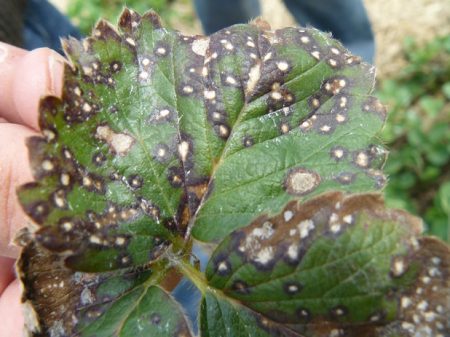 As you know, it is better to apply preventive measures in advance than to suffer after searching for answers to the question: currant diseases and the fight against them, consider a photo, and compare, finding out what kind of muck has settled on the bushes, and their health undermines, destroys the crop. Therefore, timely remove damaged, diseased leaves and twigs from the bushes.
As you know, it is better to apply preventive measures in advance than to suffer after searching for answers to the question: currant diseases and the fight against them, consider a photo, and compare, finding out what kind of muck has settled on the bushes, and their health undermines, destroys the crop. Therefore, timely remove damaged, diseased leaves and twigs from the bushes.
Burn them, so as not to spread the infection, do the trimming in time so that the bushes do not thicken, and get maximum sun and air, dig in the bushes, remove weeds, moderate watering and feed on time. This will be the key to half success. And if your currant bushes attacked the disease, or the pests jam, we will show you how to deal with them.
Anthracnose
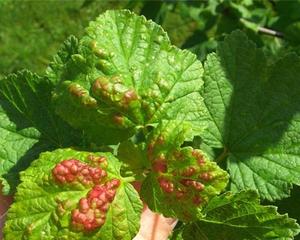
This sore can completely lime bushes, if measures are not taken in time. Initially (usually in May), brown-burgundy tubercles appear on the leaves, then they begin to grow until the entire leaf is encircled. Then the leaves turn yellow and fall, the plant slows down its growth, the fruits do not ripen.
How to fight: the main thing is to dig the soil around the bushes in spring and in the fall. Before buds open, the bushes should be sprayed with copper sulfate, sprayed with Bordeaux mixture during the growing season (1% solution is enough), but 4 times per season (when the buds bloom, then when the bush blooms, then after 20 days and after the harvest assembled).
Also, some will successfully use copper sulfate and colloidal sulfur.
It is interesting: fertile zodiac signs.
Terry
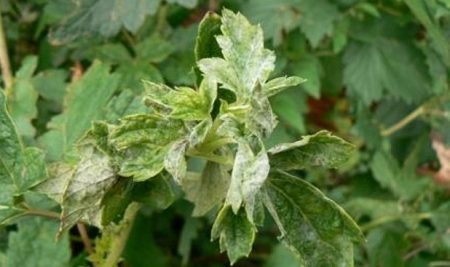
Every small dirty trick, such as aphids and spider mites, spreads this very terryness caused by the virus very quickly. The color of the sheets changes, the shape also deforms, the flowers turn purple and take on a kind of terry appearance. Ill bushes do not bear fruit.
Control measures: cut off the branches, if the bush is severely damaged - remove and burn without regret, as it will infect other plantings.
Ball rust
If on the leaves they saw pads of yellow-orange color - this is where the spores of mushrooms lurked there, more often they throw it on the black currant. Spores are carried by the wind, so you need to urgently get rid of the infection, until all the bushes are sick.
Control measures: in the fall, as the bushes are foliage dumped, treat with nitrofen (enough 3% solution). Leaves to collect, destroy, dig up the soil, rid of weeds.
In the spring, also spray with nitrafen before flowering, and in the summer several times treat with cuprosan and colloidal sulfur - with an interval of 2 weeks, and even after the berries do not remain on the bush - repeat. Particularly process the bottom of the leaves.
Powdery mildew
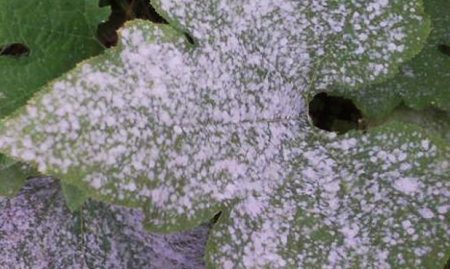
Covered with light bloom, as if sprinkled with flour, the leaves indicate that powdery mildew attacked your bushes.
How to fight: Nitrofen or iron sulfate (3%) is taken and the bush itself and the soil under it are processed. Moreover, repeat every ten days.
Currant Pests: In addition to fungal and viral diseases, currant bushes are attacked by all kinds of pests such as ticks, goldfish, gall midges etc. Let's consider in more detail how to recognize them “in person” and neutralize them.
See also: calendar of the gardener for 2015 for the Moscow region.
Kidney tick
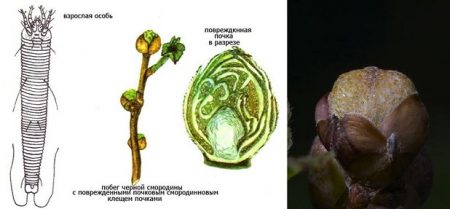
Very dangerous, tolerates reversion, to be destroyed!
Control measures: burn the affected branches every 2 weeks, burn the falling leaves, spray in the winter with dinosol (solution 1.5%), which will also be a preventive measure against other diseases.
Narrow-skinned goldfish
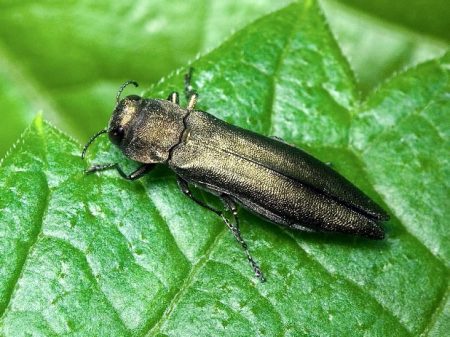
If you notice that healthy-looking bushes suddenly began to dry out, check for gold in the bushes. Cut the dried-up shoot, and you will find there the larvae of the pest. They shoot well in the shoots in the spring, so that in the spring with renewed vigor and in greater numbers, they will attack your currant and destroy it.
How to treat currant from goldfish: dried shoots, where the larvae have already settled - to remove and burn. After flowering, treat with karbofos, repeat in 2-3 weeks.
Sheet gall midge
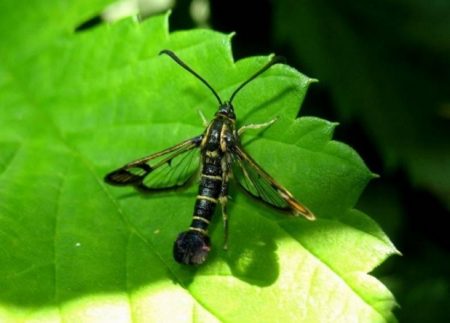
If in May-June they noticed that the leaves began to curl and deform, it was the gall midge who visited them, and the larvae of this pest are already feasting in young leaves. Foliage turns brown, curls and dries.
How to fight: cut and burn shoots affected by the larva, spray the bushes with a mixture of malathion and chlorophos (1.5: 1). As prevention - digging and cultivating the soil.
It should be understood that red currant is more convenient for growing, since it is less susceptible to any sores, except powdery mildew sprinkles on it. But blackcurrant, like gooseberries, is open to many diseases, and they have the same pests.
You may also be interested in tomatoes raspberry miracle reviews.

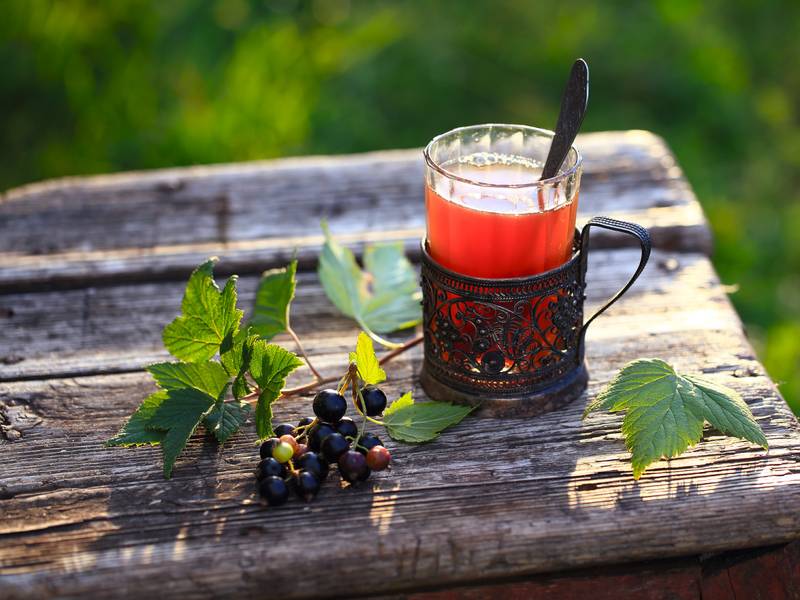
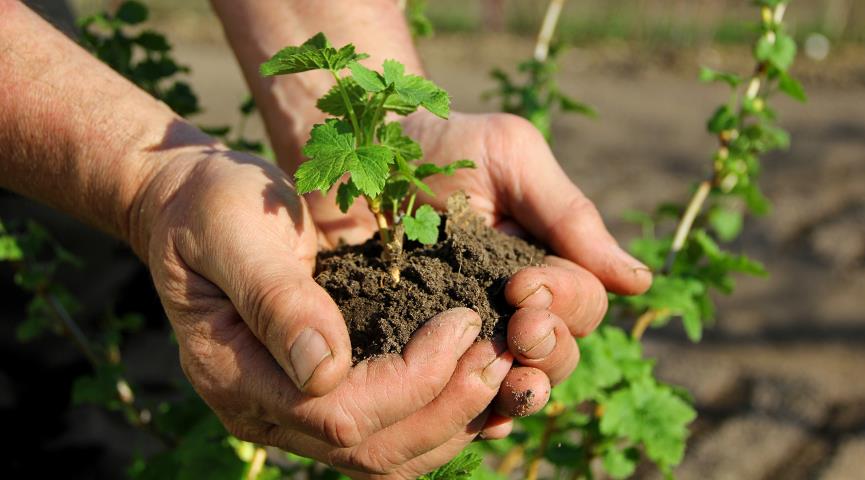
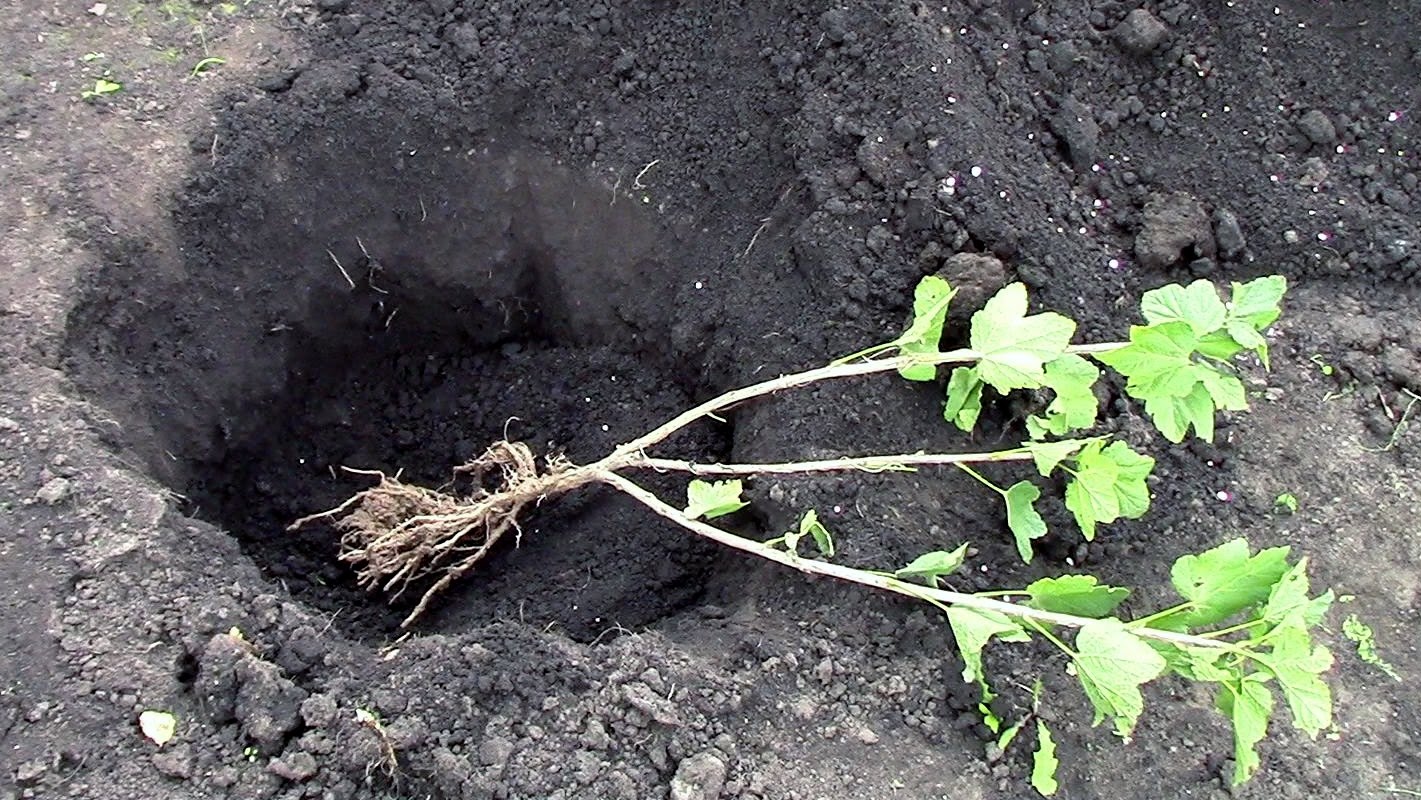
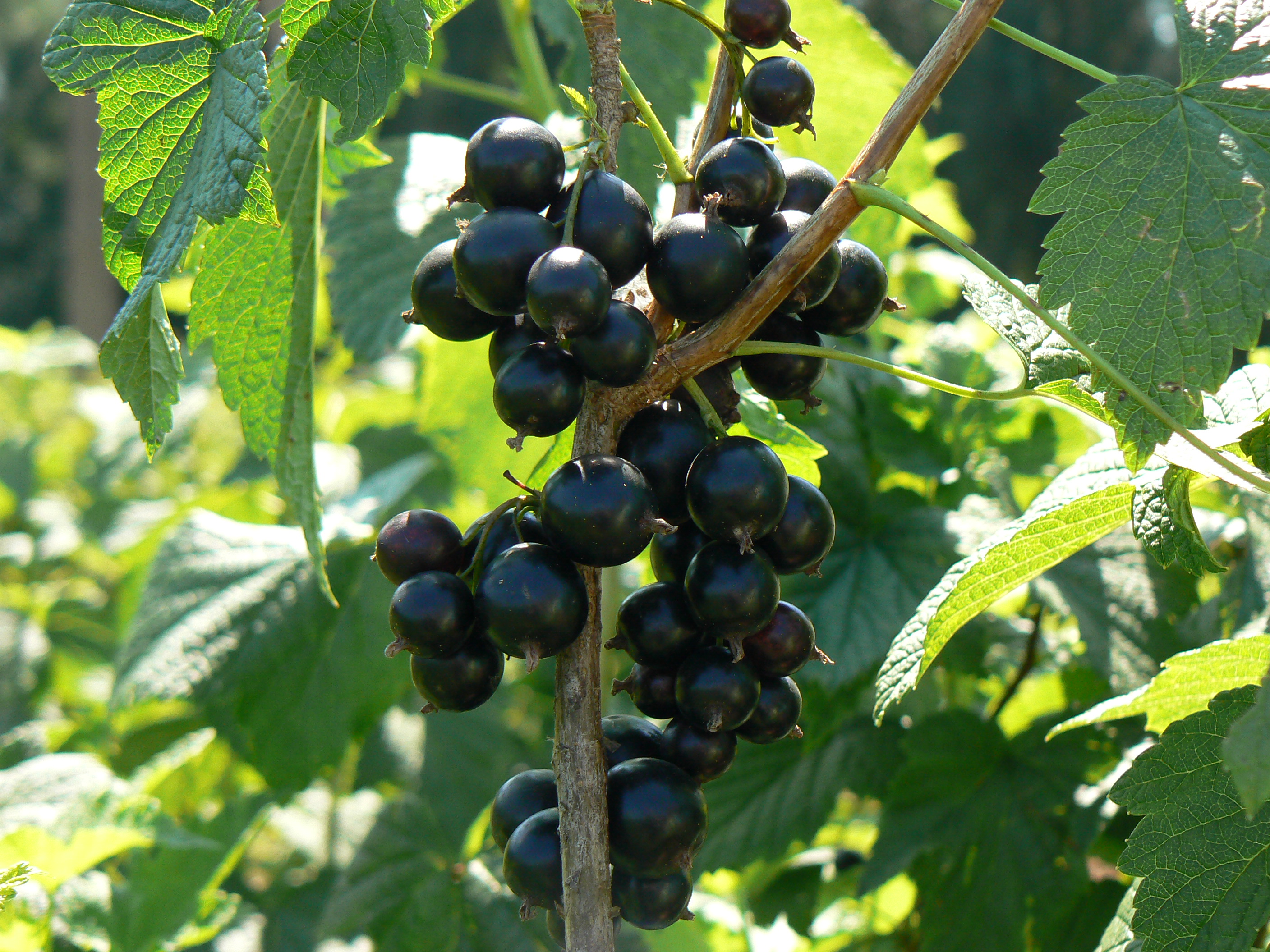 Blackcurrant: pruning in autumn, rejuvenation of the old bush, preparation for winter
Blackcurrant: pruning in autumn, rejuvenation of the old bush, preparation for winter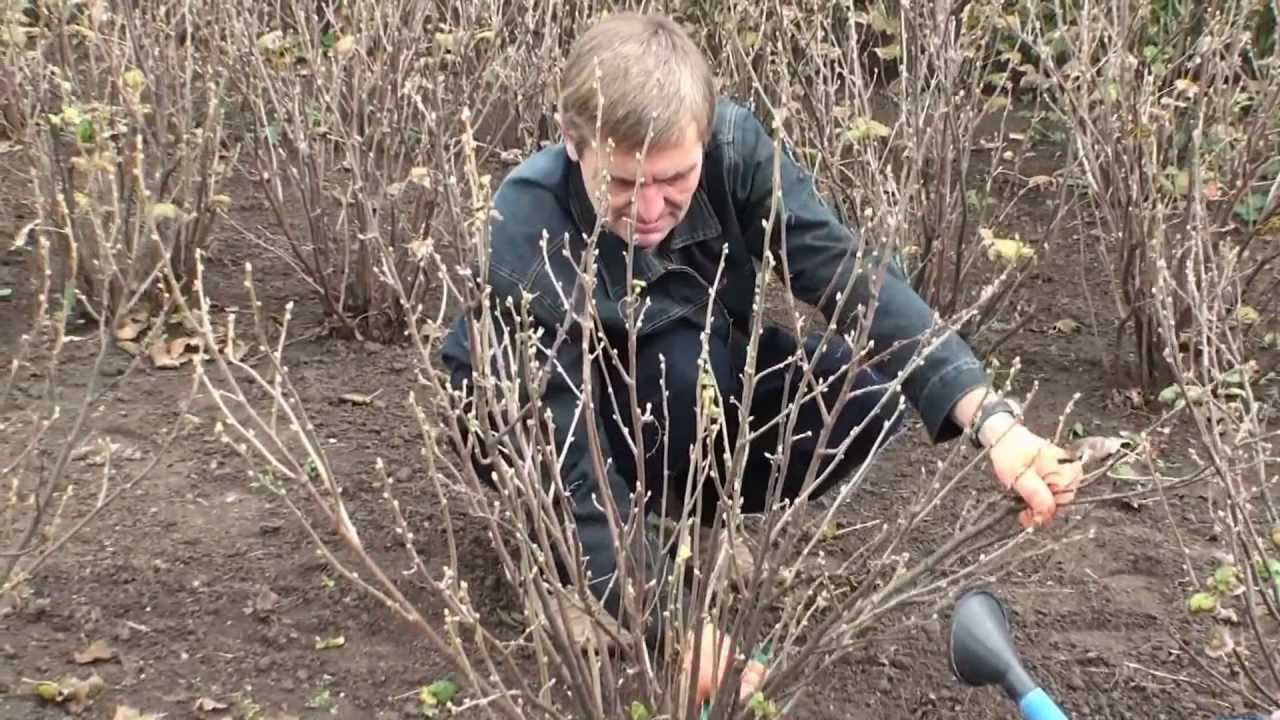 Autumn currant pruning scheme for beginners
Autumn currant pruning scheme for beginners Currant care in autumn and preparation of bushes for winter
Currant care in autumn and preparation of bushes for winter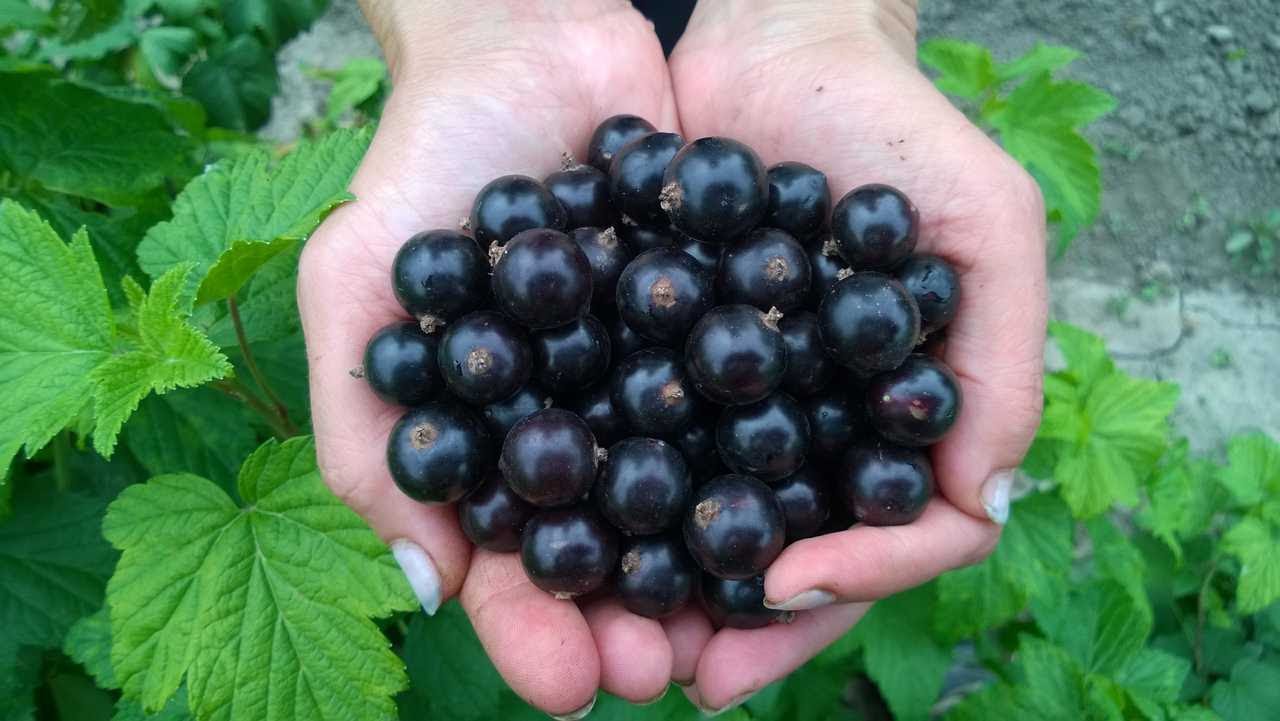 It's time to feed the currants - the best feeding
It's time to feed the currants - the best feeding